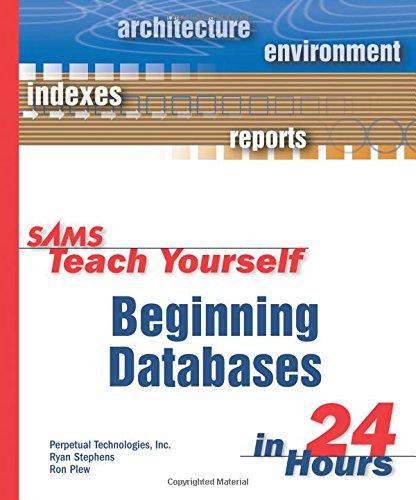Answered step by step
Verified Expert Solution
Question
1 Approved Answer
The original U.S. income tax of 1913 was quite simple. The tax was 1 percent on the first $50,000. 2 percent on the amount over
The original U.S. income tax of 1913 was quite simple. The tax was 1 percent on the first $50,000. 2 percent on the amount over $50,000 up to $75,000. 3 percent on the amount over $75,000 up to $100,000. 4 percent on the amount over $100,000 up to $250,000. 5 percent on the amount over $250,000 up to $500,000. 6 percent on the amount over $500,000. 

Step by Step Solution
There are 3 Steps involved in it
Step: 1

Get Instant Access to Expert-Tailored Solutions
See step-by-step solutions with expert insights and AI powered tools for academic success
Step: 2

Step: 3

Ace Your Homework with AI
Get the answers you need in no time with our AI-driven, step-by-step assistance
Get Started


